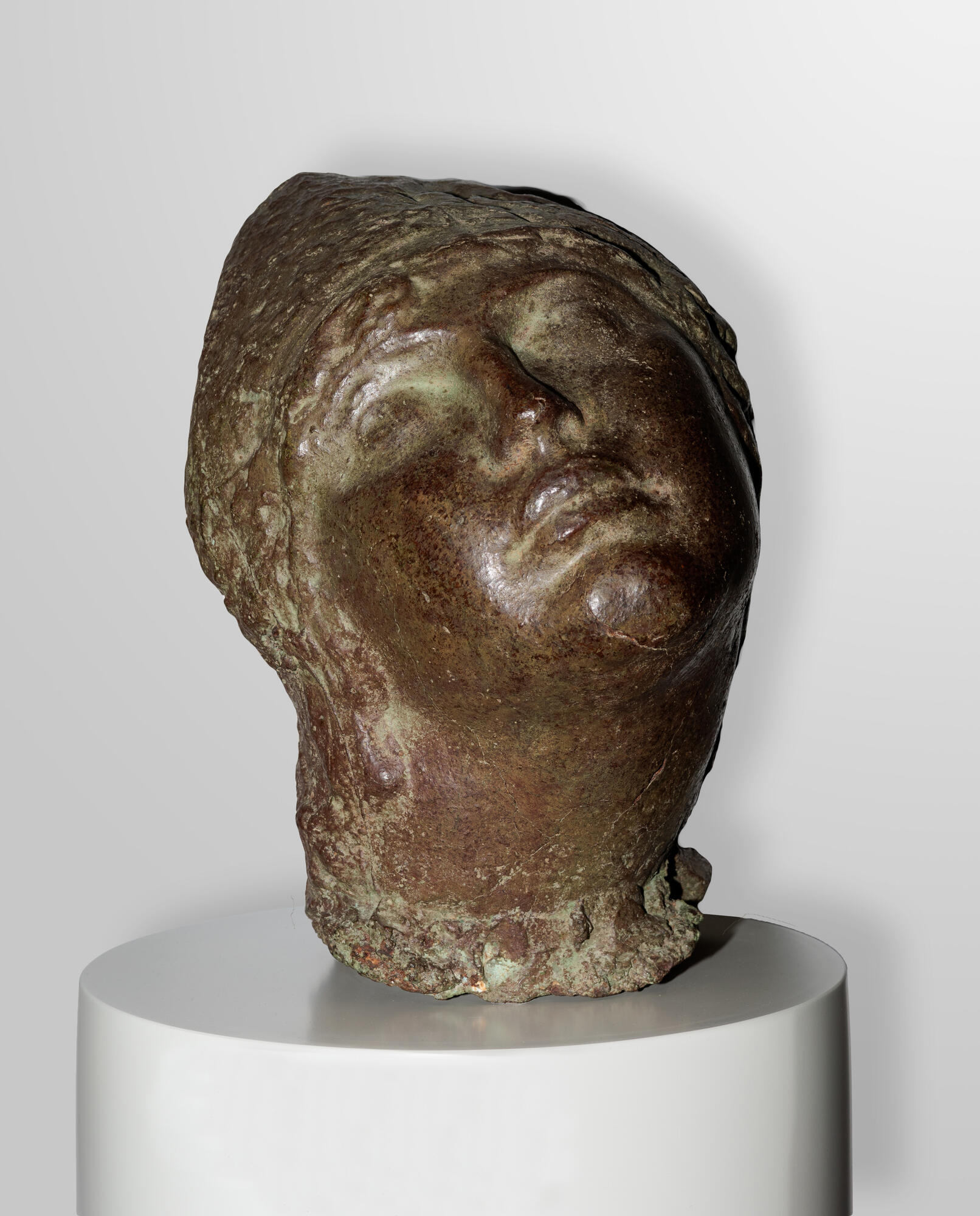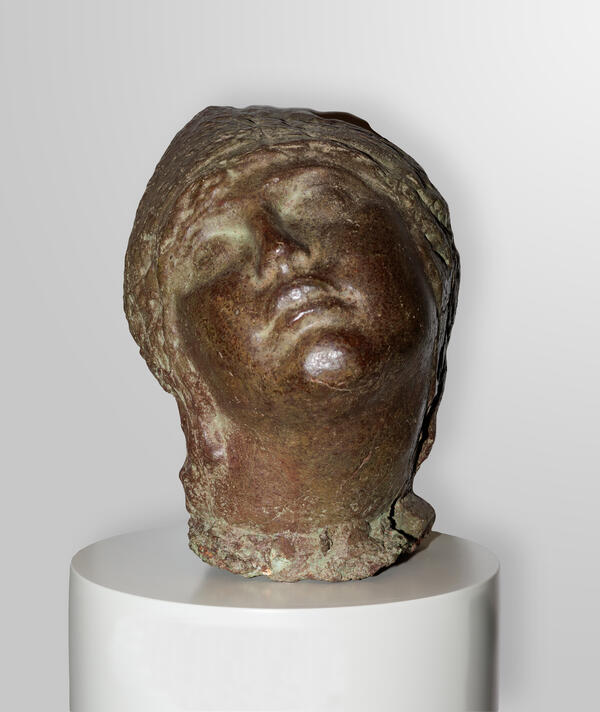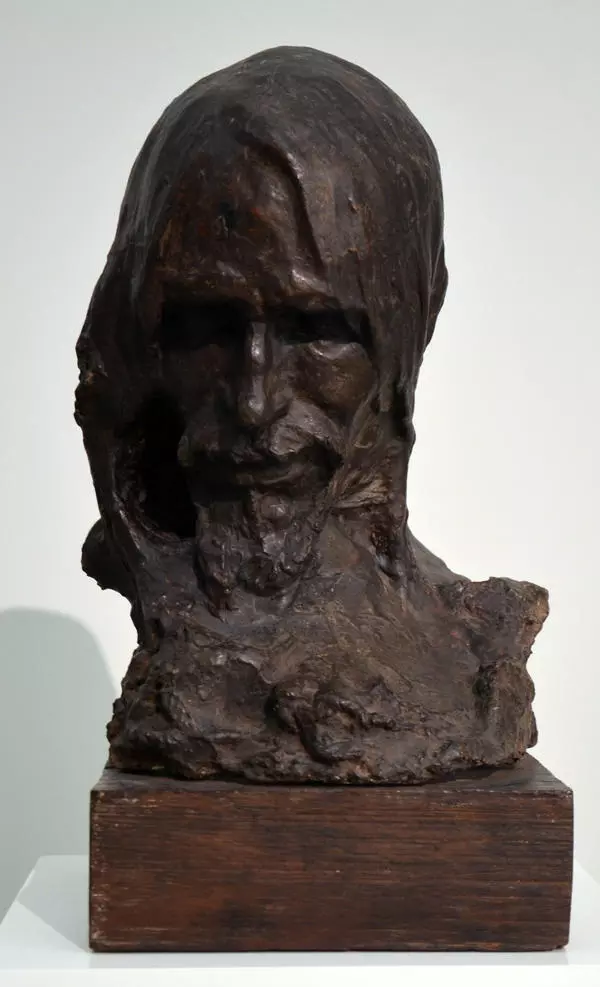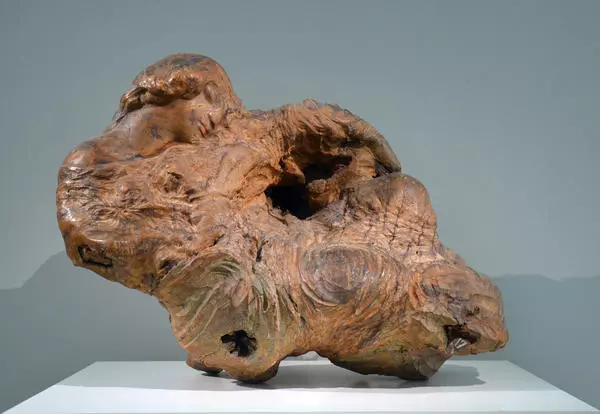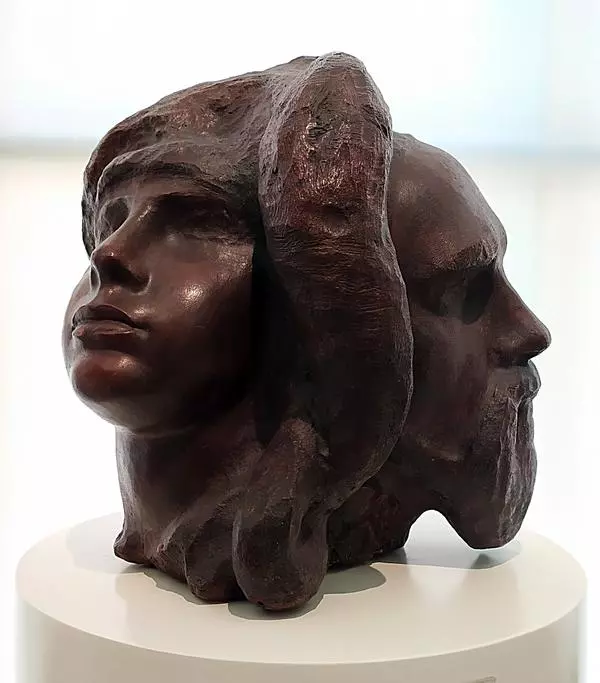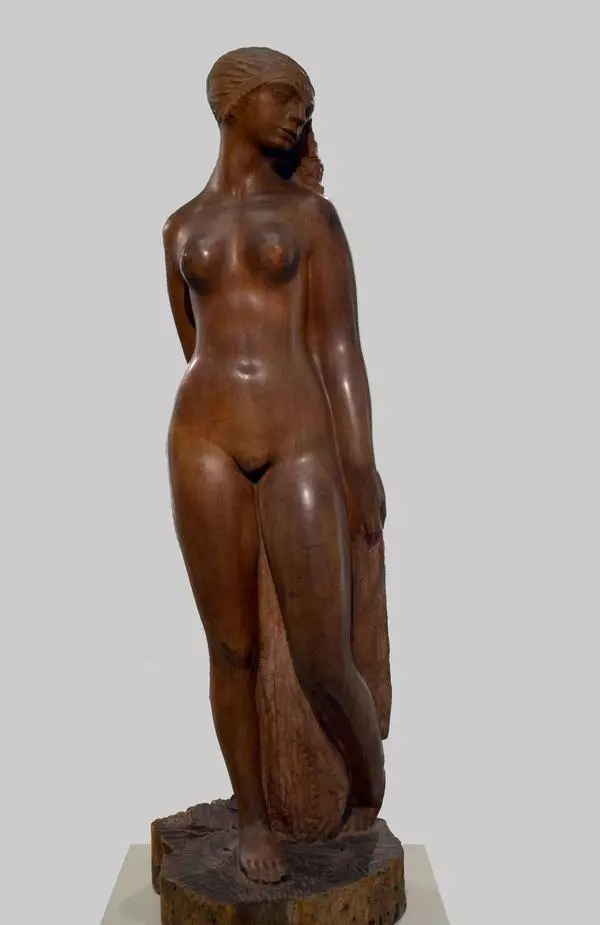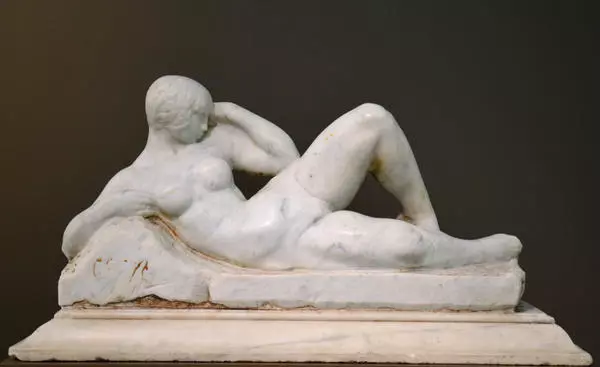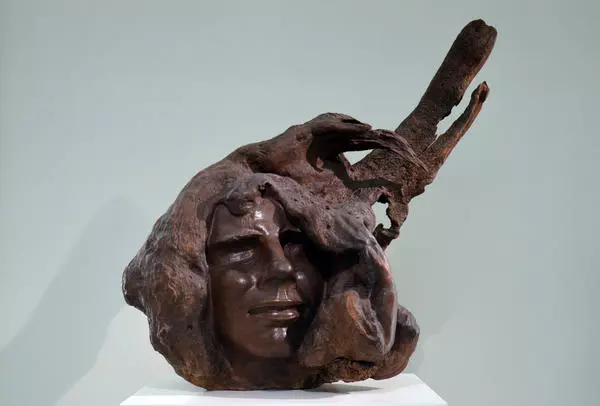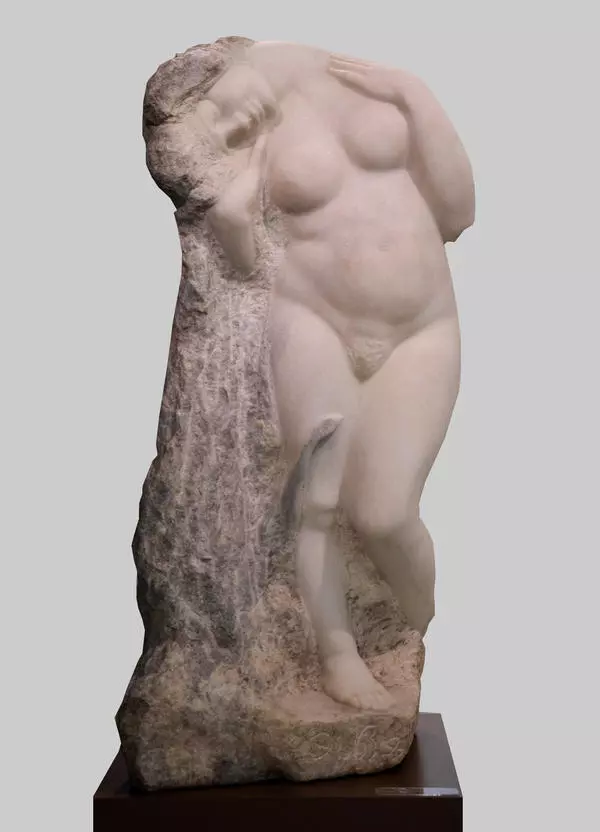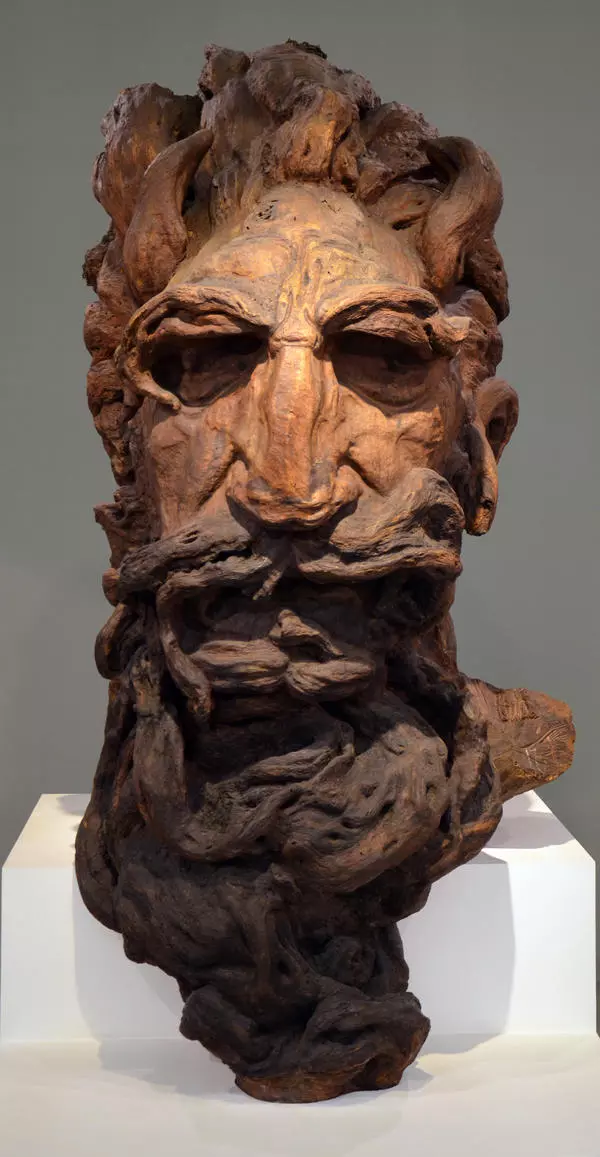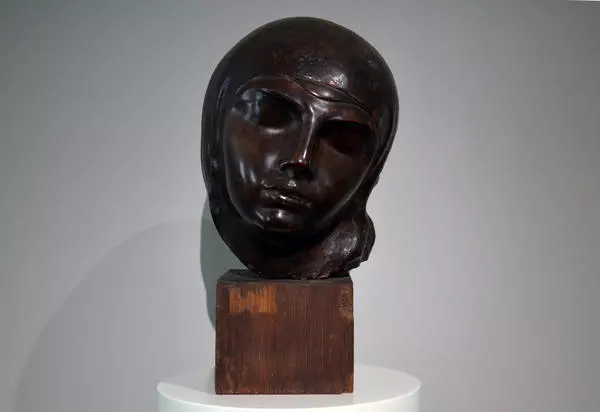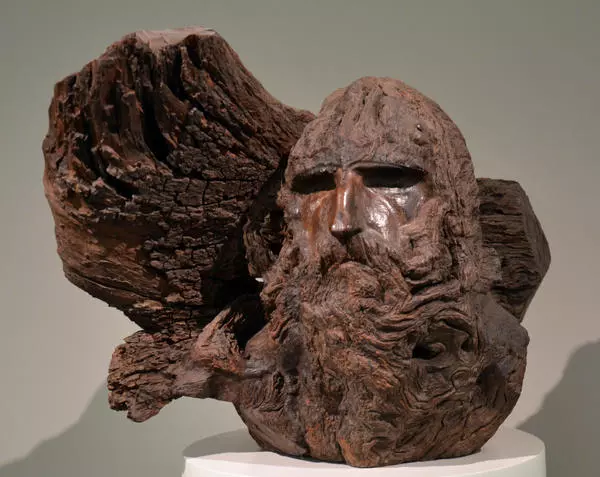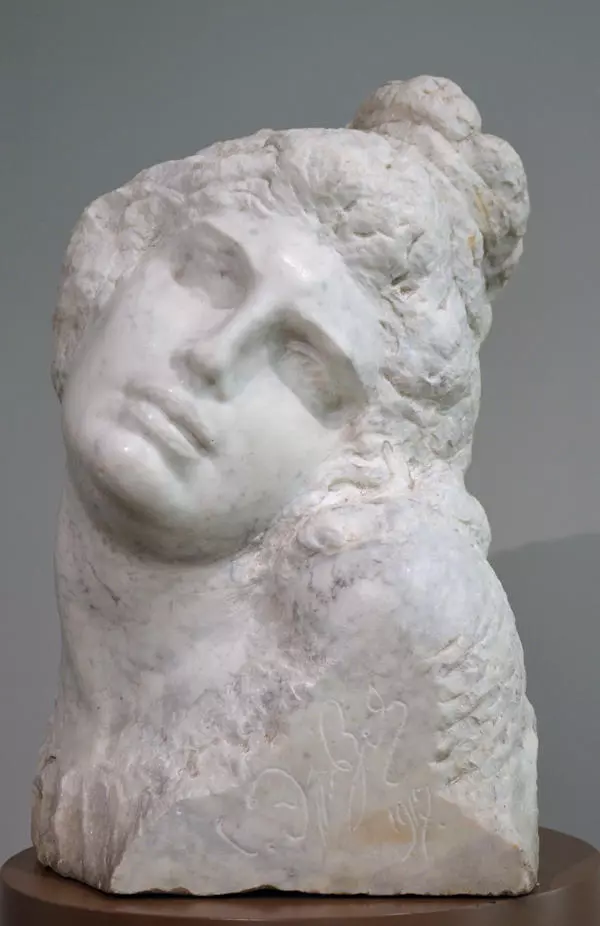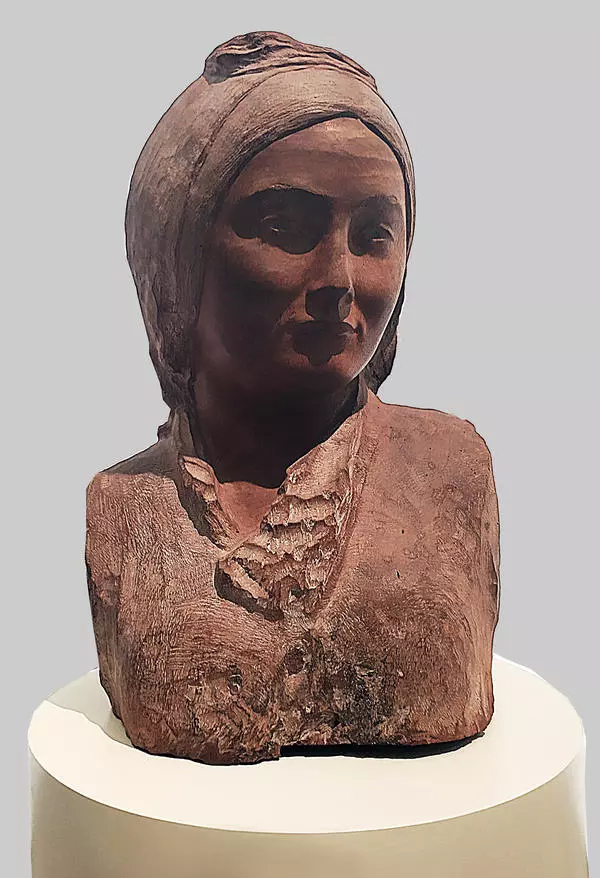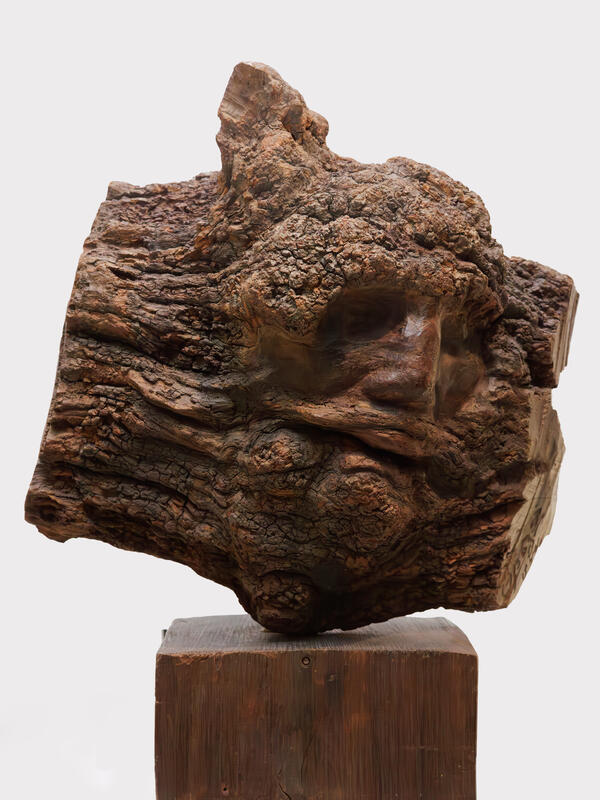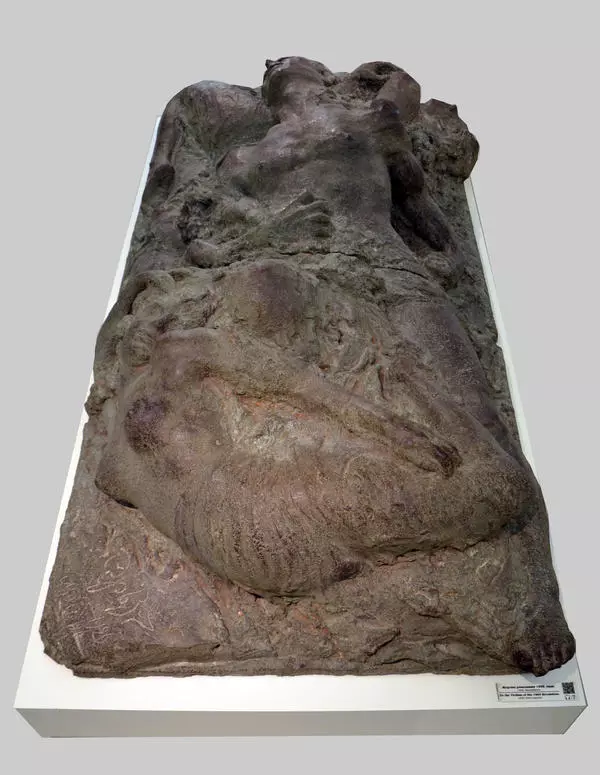The artist studied at the Moscow School of Painting, Sculpture and Architecture and had successful exhibitions in Venice, Milan, Munich, Nice and Rome. In Russian Yekaterinburg he worked on the implementation of the monumental propaganda plan. In Novorossiysk, Gelendzhik, Batumi and Baku he created monumental and indoor sculpture. For more than 20 years he worked in Argentina participating in various art shows and organizing solo exhibitions.
The image of the Mordovian woman attracted many Russian artists, but Stepan Erzia presented its most natural and original interpretation. Women’s images, primarily portraits, constitute the most numerous group of his works. They depict famous personalities, unknown people, and generalized characters.
Erzia created his own original concept of the national image. He was one of the first Russian sculptors of the 20th century to depict representatives of small peoples, focusing not so much on the ethnic aspect of the model as on their psychological qualities.
The woman in Erzia’s portraits is a collective image, a symbol of eternity and unfading charm. These qualities are portrayed with special love and awe in the sculpture “Head of a Mordovian Woman”. It is a generalized representation of the Mordovian woman, embodying her strength, mental fortitude, and beauty. Female beauty for Erzia is the eternal and changeable beauty of nature itself. The image of the Mordovian woman is sublime and sensual, reflecting the spiritual and moral wealth of the character, her uniqueness and inimitability. The master makes even such a difficult material for sculpture as ferrocement fill with a sense of life and inner awe. Searching for external harmony, the sculptor adjusts the image according to his ideal of beauty and the ability to convey any sentiment.
